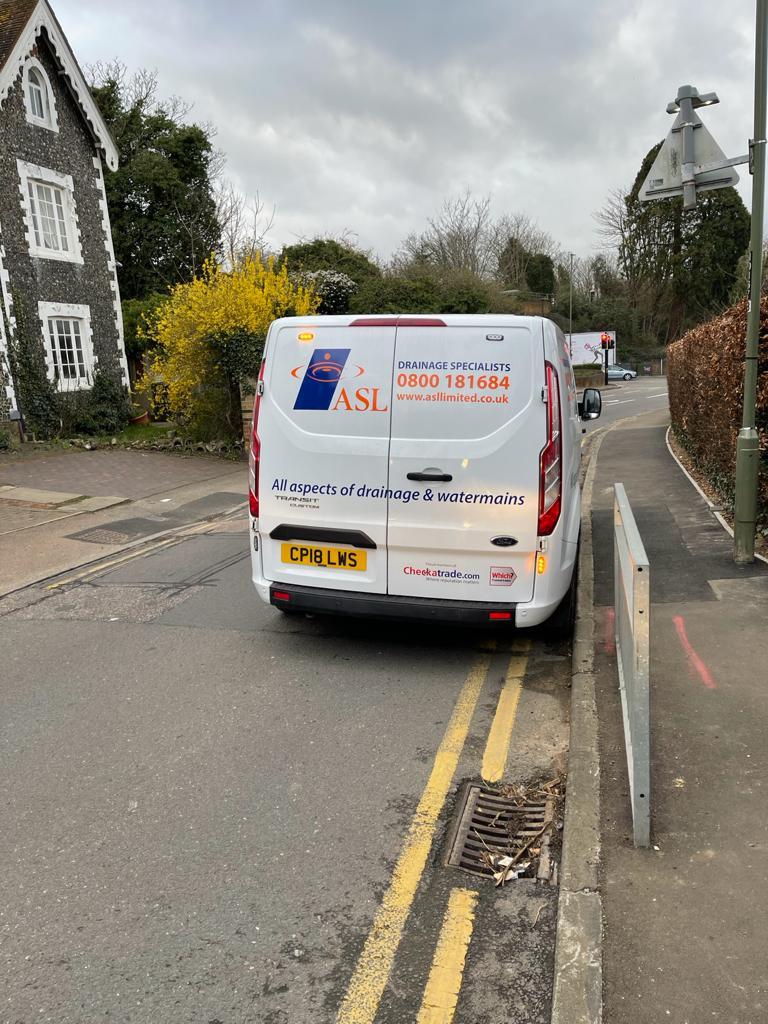What's the difference between a rainwater gully and a road gully?
A rainwater gully and a road gully serve similar purposes in collecting and directing water, but they differ in their locations and specific functions:
Rainwater Gully
- Purpose: Designed to handle water from rooftops, driveways, and other hard surfaces around buildings.
- Location: Typically found on private property, near downpipes from roofs, or in gardens to catch water from patios or paved areas.
- Water Source: Mainly collects rainwater from roofs, patios, and driveways.
- Connection: Usually connected to a rainwater drainage system or a soakaway that filters water into the ground, helping to prevent waterlogging around buildings.

Road Gully
- Purpose: Primarily used for managing surface water on public roads to prevent flooding and maintain safe driving conditions.
- Location: Found along road edges, particularly where water is likely to pool, such as at low points in the road or near curbs.
- Water Source: Collects water from road surfaces, which may include rainwater, vehicle runoff, and some debris.
- Connection: Typically connected to a public stormwater drainage system that channels water to larger drainage infrastructure, like culverts or retention ponds.
In short, rainwater gullies are intended for rainwater on private properties, while road gullies manage road surface water on public streets, each playing a specific role in effective drainage.
Call us today at 0800 0488727 to find out more.

